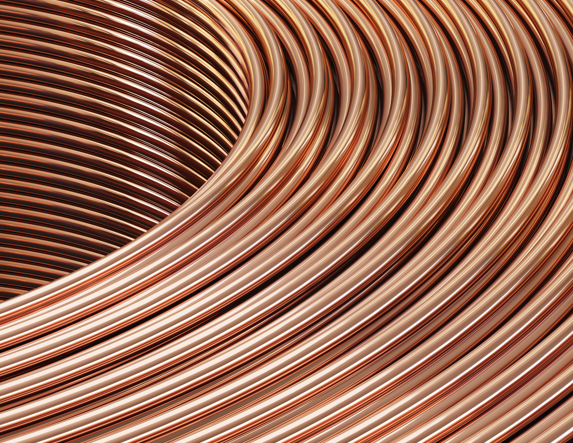Table of Contents
In almost every industry, you will find numerous applications of electromagnetic coils. Whether it’s about consumer electronics or conducting laboratory research, custom electromagnetic coils are the basic components of several devices. On the basis of Ampere’s law, manufacturers prepare the electromagnetic coils. Therefore, they provide the electric current flow in a wire or electrical conductor to generate a magnetic field around the wire or conductor.
In order to prepare some crucial devices, such as inductors, sensors, electromagnets, and transformers, electromagnetic coils are necessary. These devices follow the basic mechanism of building interaction between a magnetic field and an electric current. Either the manufacturers develop a magnetic field by providing an electric current across an electrical conductor or a wire, or they generate an electric current across the wire by providing an external magnetic field around the interior of the coil.
Manufacturers can increase the concentration and strength of the magnetic field by providing more turns of the ultra-fine wires around the core during the winding process of the coils. Manufacturers can also provide different shapes to the micro-coils depending on the clients’ requirements, such as a circular coil, a helix, or a spiral. However, on the basis of the application area, the shape and dimensions of the micro-coils can differ. The major parameters that influence the electromagnetic coil winding process are the strength of the magnetic field, inductance, and resistance.
When there is a need for a significantly high magnetic field, manufacturers can place a magnetic core inside the coil in order to increase the strength of the magnetic field. You can also change the strength of the electric current across the wire in order to have different electromagnetic strengths. If you want to converse the electromagnetic poles, you have to converse the direction of the electric current.
The Manufacturing Challenges for the Micro-Coils
Due to the miniaturization of medical and other devices, the need for tiny micro-coils is increasing and this is the major challenge for manufacturing of the coils. Conversely, miniaturized devices are necessary for multiple purposes, such as minimizing the energy consumption, accessing some remote body regions without disturbing the body functions, reducing the desired physical shapes of the devices, etc.
This size constraint creates challenges for the manufacturers not only to build the components but also to connect the components with the supporting systems. In order to manufacture the micro-coils for miniaturized devices, manufacturers require state-of-the-art techniques for the electromagnetic coil winding process and connection of the ultra-fine wires.
What Characteristics Should a Micro-Coil Manufacturing Company Possess?
There are many criteria that a micro-coil manufacturing company should be able to offer, such as
- The ability to conduct mass production and economic manufacturing process is the most essential criteria that a manufacturing company should provide.
- The production processes have to be very safe in order to prevent any type of damage to the sensitive components.
- The company should maintain the ultra-strict tolerance requirements for the final product.
- They should develop oxidization-free durable joints.
- The long life and high quality of the components should e assured.
- It is also important to provide repeatable physical and electrical characteristics in the electromagnetic coils.
- The manufacturing company should apply automated machinery in order to remove human errors.
Ultra-Fine Wire Connections:
Ultra-fine wires of 8 to 9 microns diameter are essential for the preparation of miniaturized micro-coils. To build the micro-coils, manufacturers require to connect and wind the ultra-fine wires. It is quite difficult to build connections between the ultra-fine wires and the manufacturers face numerous challenges. In the case of using traditional soldering and welding methods, manufacturers face numerous issues, such as oxidization of the wires and joints, inferior connectivity, short durability, low reliability, etc.
To overcome the above-stated issues and to maintain tight tolerances in high-temperature environments, most manufacturers use the innovative Thermo compression bonding technology. This technology is useful to build a connection between two wires of similar diameters as well as different diameters. You can also use this method for joining the wires of different materials.
Therefore, the electromagnetic coil winding process has become substantially easy with robotic technology, effective connectivity solutions, and advanced methods. Besides this, most manufacturers use automated machinery for the coil winding process that not only eliminates the need for manual production but also helps to produce electromagnetic coils on a scale.
